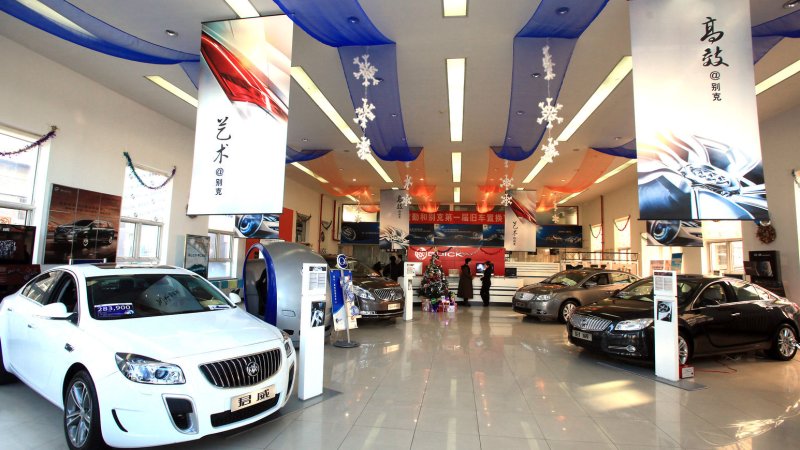Buick cars displayed at a Chinese dealership in Beijing. UPI/Stephen Shaver |
License Photo
China was supposed to be easy pickings for U.S. automakers, the perfect symbiosis of maker and market.
China is now the world's largest automobile market and with a quickly expanding middle class it is the audience of choice for the crank-em-out style of U.S. automakers. Look at all that demand: 18 million cars and light trucks were sold in China in 2011 and next year, it is assumed, there will be even longer lines at Chinese dealerships, given the rising wages in China.
Demand cures a lot of ills.
Even China was not geared up very well for its own expanding demand for automobiles. In the first five months of 2012, Chinese carmakers commanded 28.7 percent of the Chinese market and that is down from 32 percent in the first five months of 2011, The New York Times reported Friday.
One problem demand does not solve, however, is creativity. In China and India car makers are creating cars with target price tags. They know their audience. For example, in Santiago, Chile, a brand new Chery S21 costs $5,500 and the Chinese brand is described as roomy and full of features.
As one might imagine, it is also light, slow and not very safe. From the perspective of General Motors or Ford, however, it is hard to backpedal on safety and unethical to throw protective systems overboard because they've found an emerging audience that favors cheap price over safety.
In future years, it is likely safety will rise as a priority in China, anyway; the Times reports, safety is already an increasing concern among Chinese buyers.
All this quickly gets to the point that nobody wants a trade war with China. Yet, there is a contingent that claims nobody wants to admit the United States and China are already involved in a trade war.
In international markets Friday, the Nikkei 225 index in Japan fell 0.65 percent, while the Shanghai composite index in China added 1.01 percent. The Hang Seng index in Hong Kong was flat, falling 0.04 percent, while the Sensex in India dropped 0.1 percent.
The S&P/ASX 200 in Australia lost 0.27 percent.
In midday trading in Europe, the FTSE 100 index in Britain shed 0.46 percent, while the DAX 30 in Germany dropped 1.3 percent. The CAC 40 in France gave up 1.21 percent, while the Stoxx Europe 600 lost 0.75 percent.















